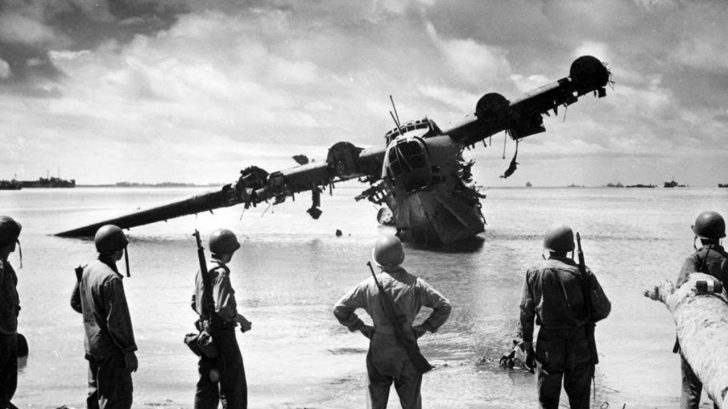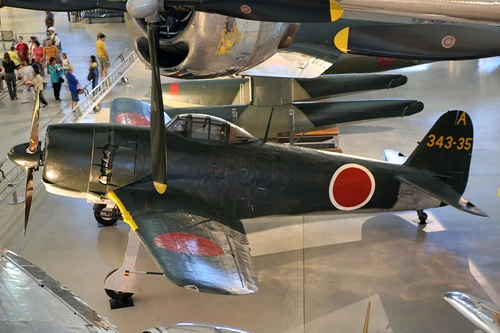Even though the Mitsubishi Zero is Japan’s most recognizable plane of WWII, it was not the fastest nor their most powerful aircraft. That distinction belongs to a Japanese floatplane dubbed the Kawanishi N1K2-J Shiden Kai (George).
Japan’s Early Plans
The Japanese Empire was preparing to strike US military bases in 1941. Engineers from Kawanishi proposed a land-based variant of the floatplane N1K1 Kyofu, which had proven itself during the early stages of the war. However, it quickly became obsolete when the US Navy developed more capable fighters to fight against the Empire.
The Kyofu mightily struggled in dogfights as it suffered from maneuverability problems due to the heavy and bulky float(s) it carried.
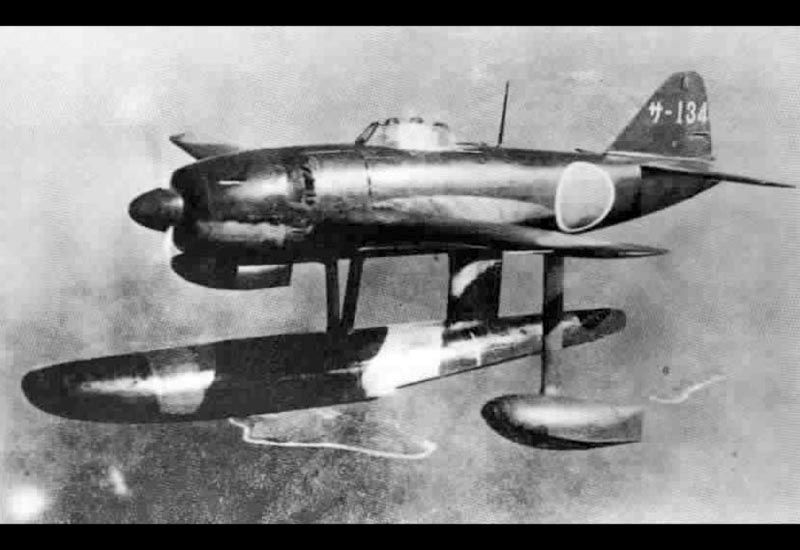
As a result, the improved version saw the removal of the main float and two wingtip floats. An 18-cylinder Homare engine was also fitted into the aircraft to replace the 14-cylinder Kasei engine. A bigger propeller and a retractable landing gear with longer legs were also installed in the prototype.
This new variant was called the N1K-J Shiden (Violet Lightning) and was first delivered on December 27, 1942. Japanese officials were satisfied with the aircraft and rushed it into service with a delivery of over 1,000 units.
Growing Pains
It didn’t take long for Kawanishi engineers to find out some problems related to their design. The Shiden had retained few bad characteristics from its predecessor:
- The aircraft’s landing gear was faulty as it had inefficient heat treatment of the wheels
- The powerful yet unreliable Homare 11 radial engine, which could produce over 2,000 hp, saw its effectiveness decrease as the aircraft reached higher altitudes
- Pilots reported a max output of 1,300 hp
Regardless, Japan knew that the Shaiden already had a longer range than the J2M Raiden and was faster than the swift A6M Zero.
Violet Lightning
With the redesign approved, Kawashini engineers were still well aware that the Shaiden was too heavy. As such:
- The wings were moved to the bottom of the fuselage,
- The landing gear was shortened,
- The tail was redesigned,
- And the fuselage was lengthened.
Most importantly, the addition of innovative combat flaps was seen as a huge improvement. The combat flaps enhanced the maneuverability of the fighter, generating more lift and allowing together turns. These were triggered by a tube that held a mercury switch linked to the plane’s static air system.
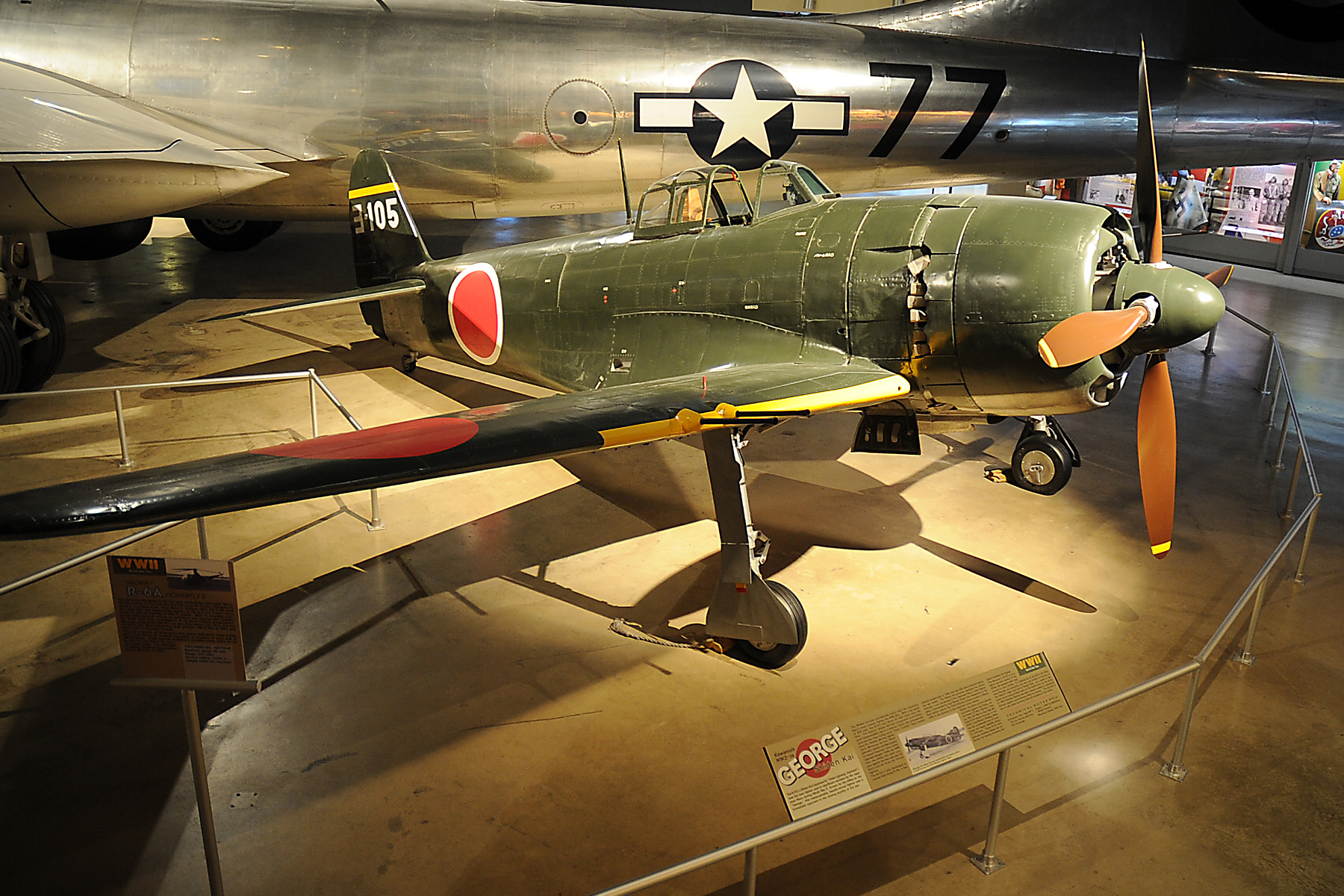
As a result, the system can automatically detect the amount of G force and airspeed during a steep run and deployed the flaps without pilot intervention. No other fighter in WWII used anything similar to the Shiden Kai’s flaps.
Kawanishi was able to get rid of almost 600 pounds of unnecessary weight, making the new variant faster and more effective. This variant was designated N1K2-J Shiden Kai (Violet Lightning).
Combat Capabilities
Four 20mm Type 99 Mark 2 cannons were mounted in the wings and two 7.7mm Type 97 machine guns could be found in its nose. Moreover, the Shiden Kai was able to carry between two to four 250-kg bombs depending on the variant.
The Shiden Kai flew for the first time on January 1, 1944, and looked to even the odds against American Hellcats and Corsairs.
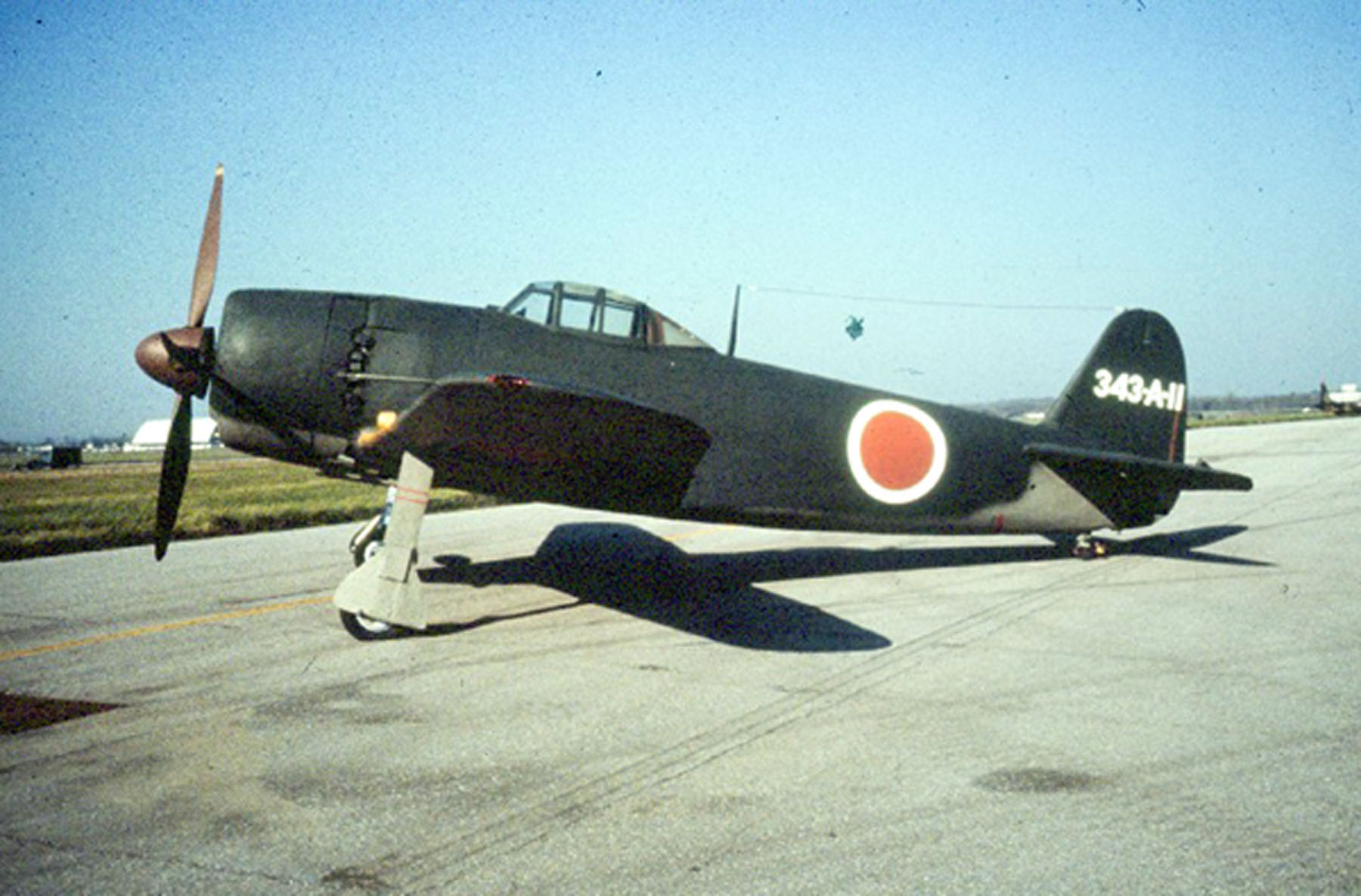
Performance In Combat
Overall, only 400 Shiden Kais were produced out of the 1,400 Shidens. Even so, the Shiden Kai arrived way too late to change the outcome of the war.
With nearly 80,000 planes available to the US by the end, it was clear that nothing Japan could ever produce would have changed the tides of battle. Regardless, they did manage to shoot down more aircraft than they had lost during their brief stint.


